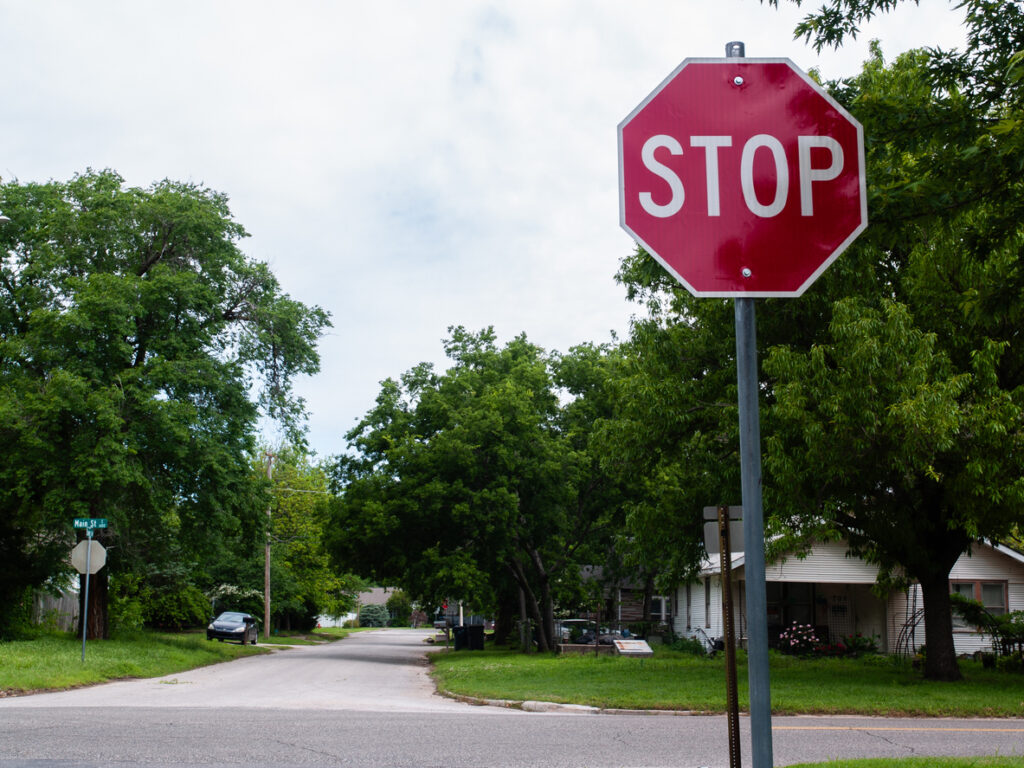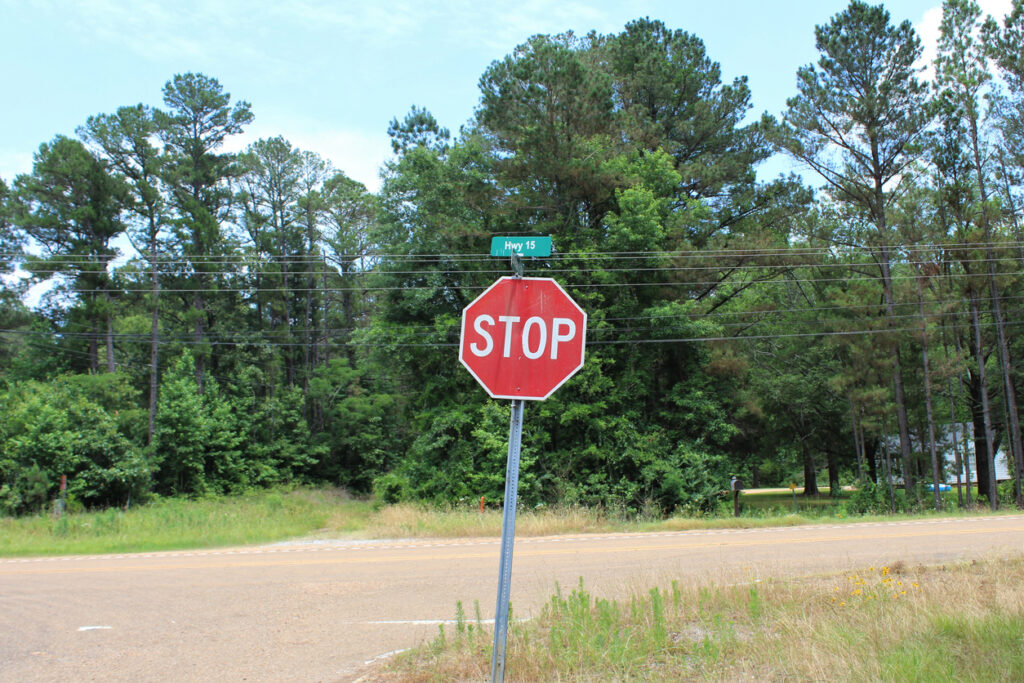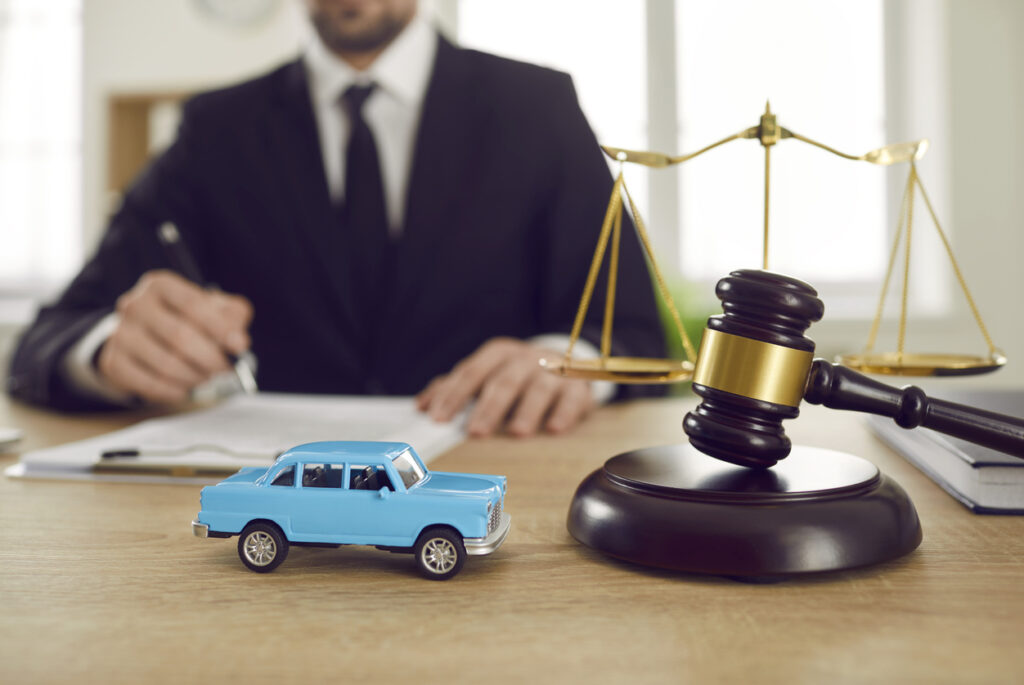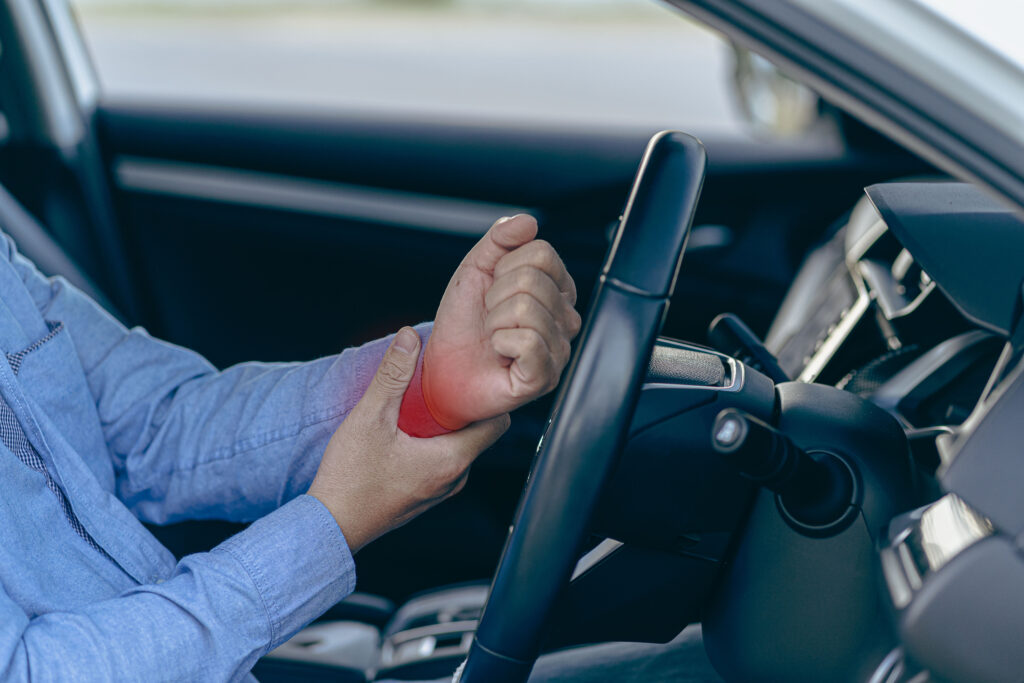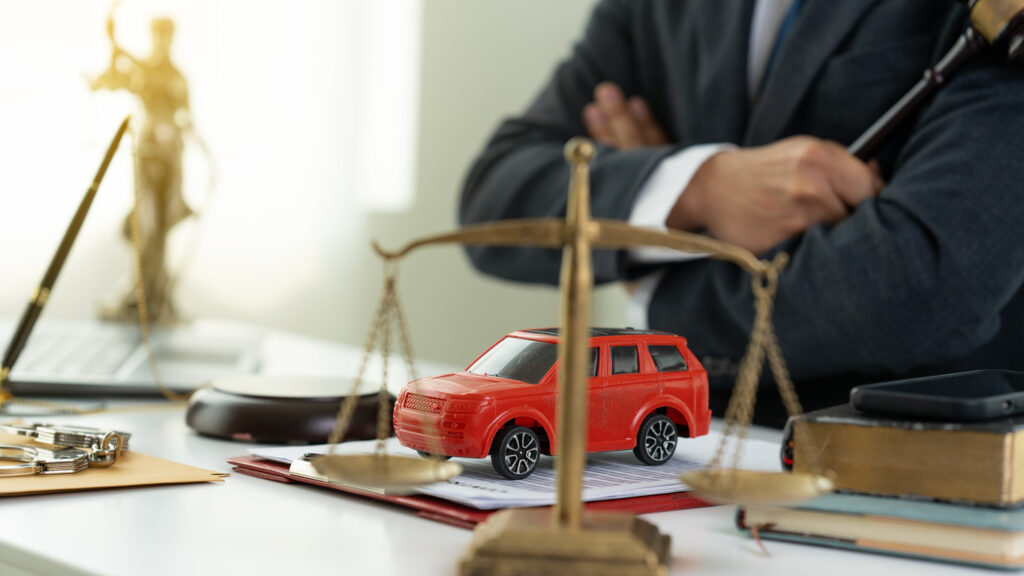A California rolling stop might seem harmless — just a brief pause instead of a full stop — but its consequences can reach far beyond a traffic citation. In residential zones, where safety expectations are high, rolling through stop signs has become a habitual risk. Many drivers don’t realize that this seemingly small infraction could significantly impact their auto insurance premiums.
California drivers are often surprised to find that even a first-time rolling stop violation can trigger long-term financial penalties through increased insurance costs. This blog explores how failing to fully stop at intersections doesn’t just put others in danger — it can also damage your financial well-being.
Why the California Rolling Stop Matters to Insurance Companies
Insurers use traffic violations as predictors of risk. A rolling stop — classified as a failure to yield or stop — reflects a lapse in judgment that could lead to an accident. Even without a crash, insurance companies view this type of behavior as a red flag.
The act of not stopping fully often occurs in lower-speed zones like residential neighborhoods. These areas have a higher presence of pedestrians, cyclists, and children, making any violation inherently more dangerous. When you commit a California rolling stop in such environments, insurers interpret it as risky driving behavior — even if you consider it routine.
Moreover, the more violations on your record, the more leverage your insurer has to justify premium hikes. A single infraction may seem minor, but it contributes to a cumulative risk profile insurers monitor closely.
Violation Records and Their Direct Link to Insurance Premiums
Once you receive a citation for a rolling stop, it goes directly into your driving history. In California, insurers can legally access your driving record and adjust your rates accordingly. A California rolling stop ticket typically falls under the “moving violation” category — and those violations carry more weight than parking or equipment infractions.
Even if no accident occurs, these points can stay on your record for years. For many insurers, one point may trigger an automatic review and increase in rates. Some drivers have reported premium spikes of 10–20% from a single rolling stop ticket.
Repeated offenses make matters worse. If a second violation happens within 18 months, especially in the same category, it can push a driver into a high-risk category — dramatically increasing policy costs.
The Role of Residential Streets in Rolling Stop Enforcement
California’s residential neighborhoods have become hot zones for traffic enforcement, especially concerning rolling stops. Law enforcement prioritizes these areas due to the higher likelihood of pedestrian accidents. When drivers treat stop signs as yield signs, they create unpredictable patterns that even cautious pedestrians can’t anticipate.
In these environments, the California rolling stop isn’t just a technicality — it’s a direct threat to neighborhood safety. This heightened focus results in more citations issued and, consequently, more opportunities for insurance companies to increase premiums.
According to the California Office of Traffic Safety, over 40% of collisions involving pedestrians happen at intersections in residential areas. The presence of a rolling stop in your record may make you liable not only in civil court but in the eyes of your insurer, even if the incident didn’t lead to injury.
How a Rolling Stop Can Escalate Into Civil or Criminal Liability
The financial implications of a rolling stop aren’t limited to higher insurance rates. If the violation results in a collision — particularly one involving a pedestrian — you may face additional civil liability. Depending on the severity, you could also face criminal charges like reckless driving or vehicular endangerment.
Insurance companies assess this type of violation as “preventable negligence.” That means they may be less willing to cover the full extent of damages if it’s determined you violated traffic laws. You might end up covering costs out of pocket or face non-renewal of your policy.
This is why many safety advocates warn against treating rolling stops casually. As this article on the dangers of the California roll at stop signs explains, such behavior can easily escalate beyond a simple ticket. For those unaware of the consequences, violating stop sign laws in California can be a fast track to high premiums and legal trouble.
3 reasons the California roll at stop signs is dangerous further outlines how this minor infraction becomes a significant safety issue.
Insurance Risk Scores and the Weight of Traffic Violations
Many drivers don’t realize that insurance companies use an internal scoring system — similar to a credit score — called an “insurance risk score.” These scores include various factors, including your driving record. A California rolling stop ticket can heavily influence that score.
While you might think a small ticket is a minor blemish, insurance risk models see it as a signal that the driver may commit more serious infractions in the future. This risk score affects everything: premiums, eligibility for discounts, and even whether you’re eligible for renewal.
Some insurers offer forgiveness programs for first-time offenses, but these rarely apply to preventable violations in residential zones. In areas with strict enforcement, like parts of Los Angeles and San Diego, tickets for rolling stops are almost guaranteed to leave a mark on your insurance record.
Legal Penalties and DMV Point Accumulation
In California, rolling through a stop sign adds one point to your DMV record. While that might sound trivial, accumulating four points in a year, six in two years, or eight in three years could result in a suspension.
That’s not all. Points remain on your record for three years. During that time, insurance companies may check your DMV history each time your policy renews. So, a California rolling stop citation in 2022 can still influence your insurance rate into 2025.
Moreover, these citations may disqualify drivers from “good driver” discounts. In California, these discounts are substantial — up to 20%. Losing them due to a rolling stop adds a financial sting that lasts far longer than the fine itself.
Insurance Underwriting and Neighborhood Violation Patterns
Insurance companies also analyze data at the ZIP code level. If you live in a neighborhood with high instances of rolling stop citations, your baseline rates may increase. When you personally contribute to this data set with your own violation, your individual rates may see an additional bump.
Certain California cities — such as Berkeley, San Jose, and Sacramento — have implemented high-tech traffic monitoring and enforcement strategies. This results in a higher rate of citations and thus a higher insurance burden for residents. A single California rolling stop in these areas could become the deciding factor in moving you to a higher risk bracket.
Fighting a Rolling Stop Ticket: Is It Worth It?
While fighting a citation may seem like a hassle, contesting a California rolling stop violation can be worthwhile — especially if you’re facing the loss of discounts or a significant rate increase.
Courts will review evidence such as dashcam footage, officer testimony, and the context of the stop. If you have a clean record and the violation was borderline or improperly cited, there’s a chance the ticket may be reduced or dismissed. A successful contest can preserve your insurance discounts and keep your risk score stable.
However, if the citation stands, you’ll likely have to attend traffic school. While this won’t remove the violation from your record entirely, it can prevent points from being added. That small action might be enough to keep your insurance rates from spiking.
The Psychological Habit Behind Rolling Stops
The more one performs a rolling stop, the more normalized it becomes. Drivers often argue that they’re “being careful” or “still looking both ways.” But intent doesn’t matter to insurers — only actions do.
Insurers don’t assess whether a driver looked carefully or maintained caution. They rely on records, citations, and measurable behaviors. That’s why every California rolling stop has the potential to reshape your insurance profile, regardless of the outcome at the intersection.
Steps to Avoid Rolling Stop Citations and Premium Hikes
The most effective solution is to retrain driving habits. Full stops may feel unnecessary, especially when no one’s around. But consistent behavior matters. Law enforcement isn’t just looking for accidents — they’re identifying unsafe patterns. By ensuring full compliance at every stop sign, drivers can not only protect pedestrians but also their financial future.
If you’re already dealing with higher insurance due to previous violations, maintaining a clean record for several years is key. Many insurers gradually reduce rates for drivers who avoid further citations.
Conclusion: A Rolling Stop Costs More Than You Think
In a state with dense traffic and heightened enforcement, the California rolling stop isn’t just a minor lapse in driving discipline — it’s a catalyst for serious financial consequences. From inflated premiums to long-lasting insurance records, this small infraction casts a long shadow.
What begins as a momentary misjudgment at an intersection can result in years of financial impact. As drivers in California navigate their residential streets, understanding the real cost of rolling through stop signs could be the difference between affordable coverage and long-term rate hikes.
For more information on traffic rules and their impact on insurance, visit the California DMV — a trusted source for legal and driving updates in the state.
